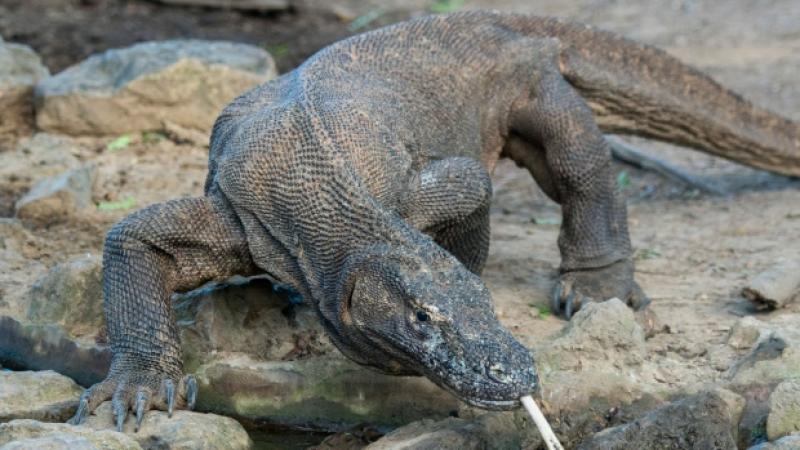Nearly 30 per cent of 138,000 assessed species are facing extinction, conservation group warns | CTV News




The Komodo dragon, the world's largest lizard, is now considered endangered due to a significant habitat loss from ongoing human activities and climate change, IUCN reported. (Wolfgang Kaehler/LightRocket/Getty Images)
A top international conservation agency warned that 28 per cent of the 138,374 species identified on its "survival watchlist" as being under threat have now been moved to the more dangerous "red list" -- meaning they are at high risk of extinction.
The International Union for the Conservation of Nature (IUCN) reported during its annual Red List update on Saturday in Marseille, France, that despite global improvement at the species level, the number of species that are at high risk continues to grow.
The organization said that many regional tuna stocks remain severely depleted. For example, yellowfin tuna continues to be overfished in the Indian Ocean.
Their update also included a reassessment of the world's shark and ray species, which shows that 37 per cent of those species are now facing extinction. All of the threatened shark and ray species are overfished, IUCN reported, with 31 per cent of them further affected by loss and degradation of habitat and 10 per cent also affected by climate change.
"We note striking similarities between the shark and ray statistics and recent estimates for plants: about 2 in 5 are threatened with extinction, and habitat loss and degradation present more immediate threats than climate change," said Dr. Eimear Nic Lughadha, a conservation scientist at the Royal Botanic Gardens, Kew.
Additionally, the Komodo dragon, the world's largest lizard, is now considered endangered due to a significant habitat loss from ongoing human activities and climate change, IUCN reported.
"The idea that these prehistoric animals have moved one step closer to extinction due in part to climate change is terrifying -- and a further clarion call for nature to be placed at the heart of all decision making on the eve of the COP26 in Glasgow," said Dr. Andrew Terry, conservation director at the Zoological Society of London.
COP26, a United Nations climate change conference, will take place in November. Alok Sharma, the president of COP26, has previously said he wants the climate talks this year to reach agreement on a number of key targets, including putting an end date on the use of coal, a commitment to make all new car sales zero emissions within the next 14 to 19 years, stopping deforestation by the end of the decade and greater reductions of methane emissions.
There is reason for hope for at-risk species: Of the seven most commercially fished tuna species that were reassessed, four of them are showing signs that they're starting to recover after countries enforced more sustainable fishing quotas and are successfully combating illegal fishing, IUCN said.
The four tuna species include the Atlantic bluefin tuna, which moved from "endangered" to "least concern," the Southern bluefin tuna, which moved from "critically endangered" to "endangered," the albacore and yellowfin tuna, both of which moved from "near threatened" to "least concern."
"These Red List assessments are proof that sustainable fisheries approaches work, with enormous long-term benefits for livelihoods and biodiversity. We need to continue enforcing sustainable fishing quotas and cracking down on illegal fishing," said Bruce B. Collette, chair of the IUCN SSC Tuna and Billfish Specialist Group.
"Tuna species migrate across thousands of kilometres, so coordinating their management globally is also key," Collette said.

Tags
Who is online
52 visitors

YAY ... more space for us a.k.a. we.
I can think of a sub-species that should join that list.
Habitat loss I can understand, but how does climate change affect Komodo dragons